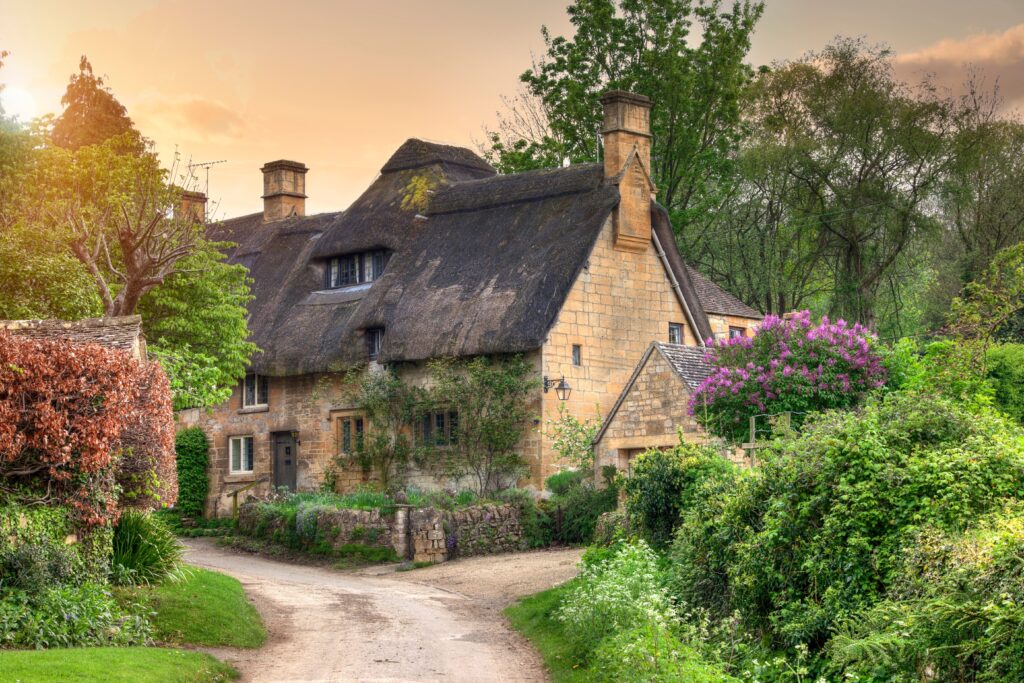Smith Heritage Surveyors
About our Listed Building Surveys
We provide listed building surveys throughout Wiltshire, Hampshire, Dorset, Somerset, Berkshire, Surrey, Oxfordshire & further afield.
A Listed Building Survey provides a comprehensive report of a building that is of architectural or historic interest. Carried out by a credited Building Conservation professional, the survey provides in-depth information on the building’s condition – like a RICS Level 3 Building Survey – but with additional detail specific to historic properties.
The surveyor will examine any changes made to the building, ensuring that they are legal and in line with all planning requirements. The report will also provide advice on any defects found, including repairs and maintenance options.
We partner with some of the leading heritage organisations in the country including the RICS, SPAB, Historic Houses and the Listed Property Owners Club.
The listed property owners club recommend owners and buyers of listed buildings use an experienced building surveyor, someone who deals with listed buildings every day and has the breadth of knowledge to understand and advise you on all the potential pitfalls and defects. You can guarantee that our surveyors fulfil this criteria.
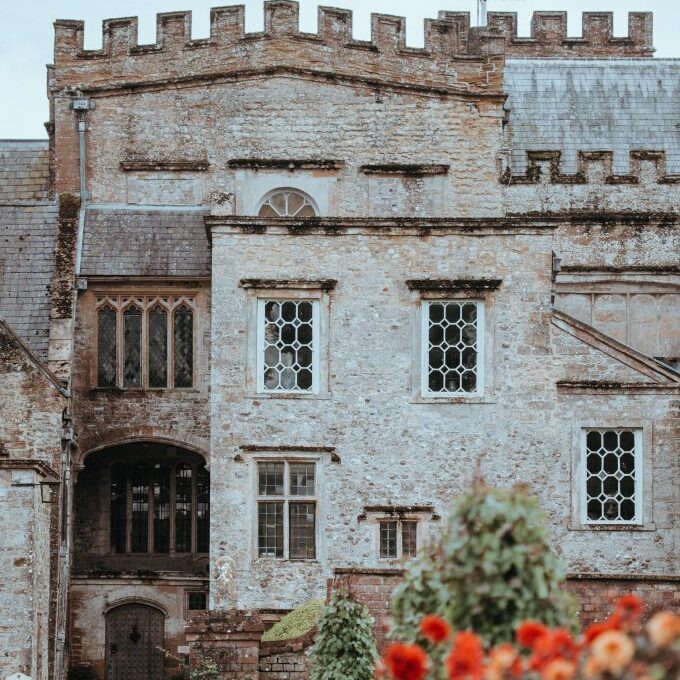
Detailed reports tailored for your requirements
What’s included in a Listed Building Survey?
- Thermal imaging survey to identify any damp, trapped moisture or thermal inefficiencies
- High-level inspection of the roof structure, chimneys and rainwater goods using telescopic pole camera or drone
- Full report emailed via PDF within three working days. Hard copy available for additional cost
- Full description of defects and underlying issues with potential to cause problems
- Outline of repair options in line with planning requirements, plus consequences of inaction
- Where possible, indicative costs to help understand the value of works required
- Assessment of any changes made to the property over time
- Talk to your surveyor on the day of inspection with a follow up phone call to explain their findings. You will also have ongoing access via email and telephone to ask any follow up questions
- Additional extra - Meet your surveyor at the property on the day of inspection, subject to the building owners permission.
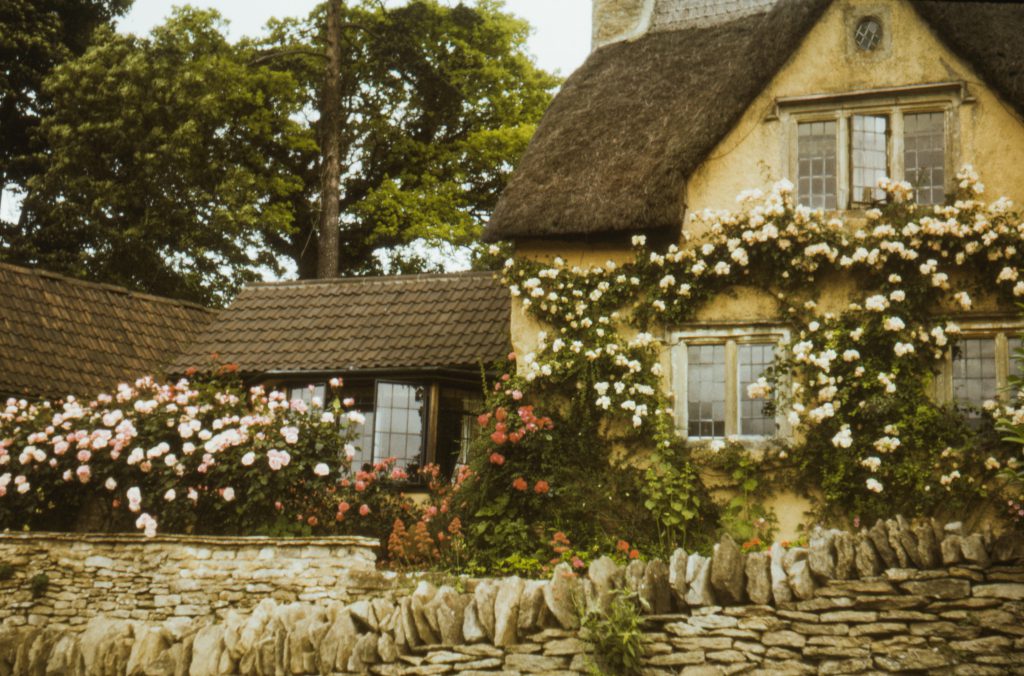
Heritage surveys
Types of listed building
There are three types of listed building status in England and Wales:
Grade I – exceptional interest. Only 2.5 per cent of listed buildings are Grade I.
Grade II* – particularly important buildings of more than special interest. Just 5.5 per cent of listed buildings are Grade II*.
Grade II – buildings of special interest. The vast majority of all listed buildings – 92 per cent – fall into Grade II.
It is important to know that, in most cases, listing protects the entirety of the building’s interior and exterior. This includes any structures attached to the building or within its curtilage, such as modern extensions.
Many buildings that date back beyond 1700 were built using timber. Our heritage surveyors have in-depth knowledge of timber frames and joinery to help you navigate the range of repair, maintenance and development options available to you.
Make an Informed Decision
Book a Listed Building Survey
Smith Heritage Surveyors specialise in historic buildings. Our heritage surveyors are highly qualified to inspect and assess finer property details unique to older buildings. When inspecting a historical building, you must have a specialist surveyor. In-depth knowledge of building history, construction techniques and traditional building materials is essential.
Get your project started and book your Listed Building Survey with Smith Heritage Surveyors today.
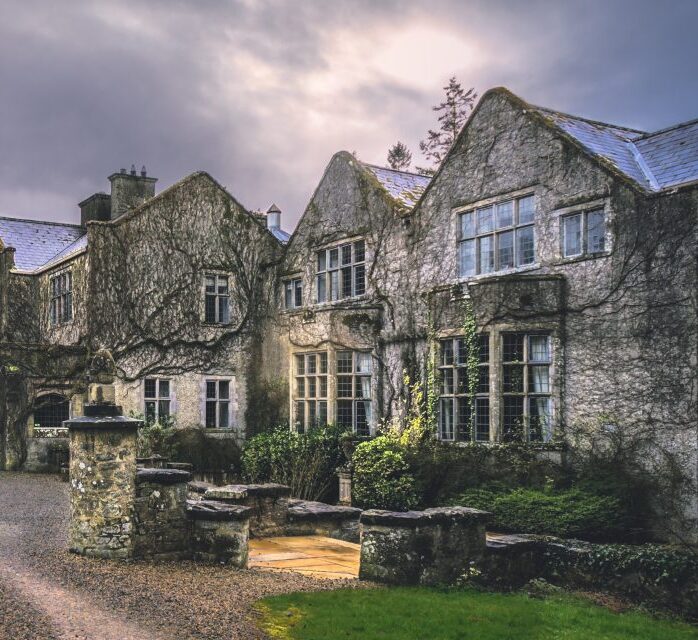
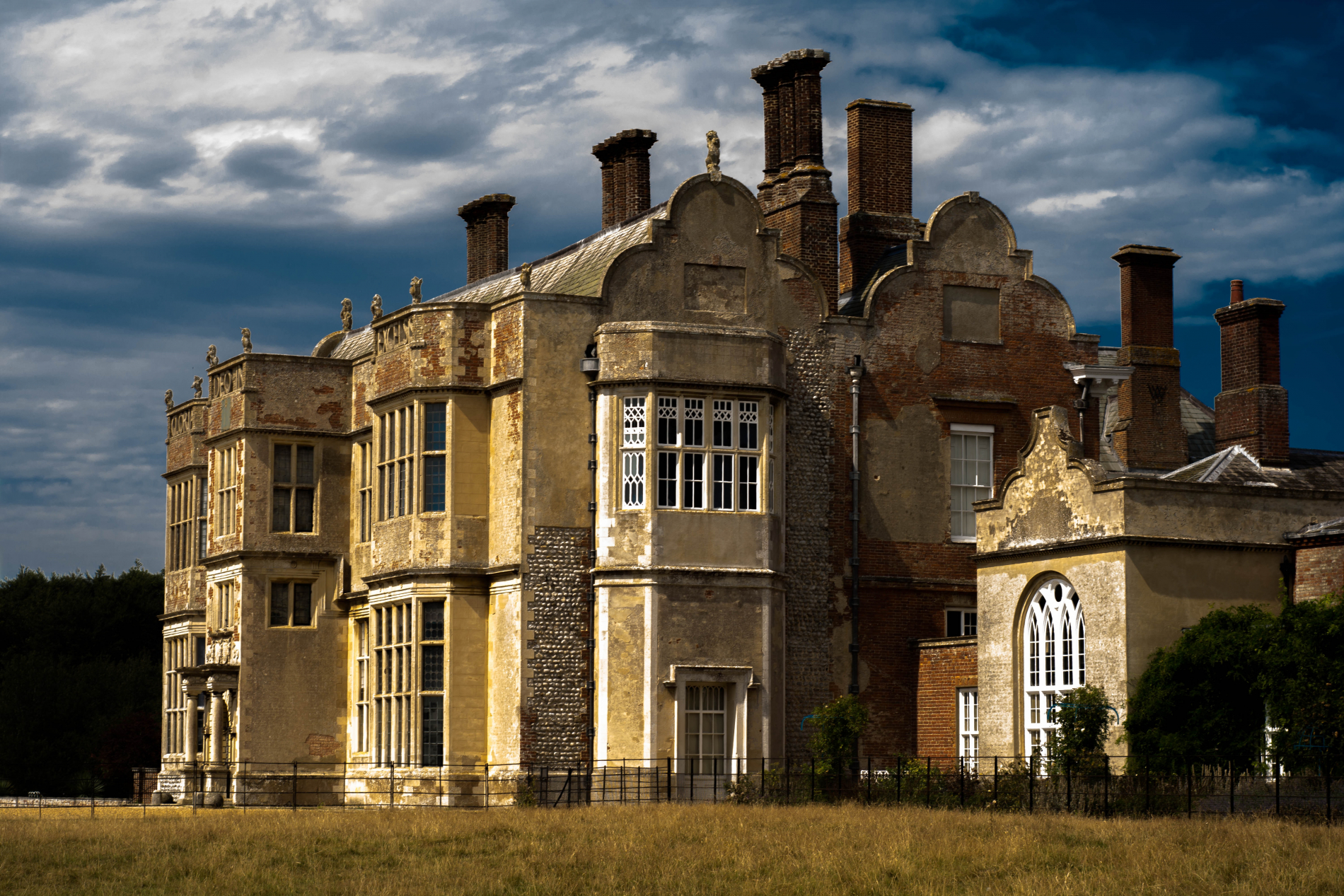
Findings from a Recent Survey
Listed Building Survey Case Study
We were pleased to be instructed to inspect this 15th Century Farmhouse in Devon which was once home to Anne Boleyn amongst others.
Our bespoke, in-depth and comprehensive survey allowed us to identify a wide range of aspects of the building that ensured our client has a detailed understating before proceeding with a purchase. The property had been brought by the current owners in 2015 and had undergone a huge overhaul and changes. Unfortunately the changes had been completed without relevant planning permission and also not in keeping with the building style and age.
The report given to our client highlighted just over £1,000,000.00 worth of work required to bring the building back into good order. The client understandably was not prepared to commit to the work and potential for legal action and withdrew from the purchase.
in our experience, the vast majority of issues in our traditional housing stock has been caused within the last 50 years. Do not listen to agents when they say that a building has been stood for hundreds of years and will be fine for a few hundred more. It probably would have done had the current owner not undertaken a vast amount of work to the building. Modern materials should not be used on traditional buildings, for further information, have a read of this blog about breathability and solid wall structures.
Findings from a Recent Survey
Case Study: Comprehensive Home Survey of a Grade II* Listed Property in Windsor
When we were instructed to carry out a Listed Survey on a beautiful Grade II* listed house on the outskirts of Windsor, we knew we were dealing with a property rich in history but also full of potential challenges. Dating back to the early 18th century, the house featured stunning sash windows, intricate cornicing, and a traditional brick façade. However, as with many historic buildings, it also presented a range of structural and maintenance concerns that needed careful evaluation.
During our survey, one of the first issues we uncovered was damp. The basement and parts of the ground floor showed clear signs of penetrating damp, with moisture damage affecting some of the original timber joists. Further inspection revealed areas of timber decay, most likely caused by prolonged exposure to damp conditions. We also noted evidence of beetle infestation in the roof timbers, something that would require further investigation to determine the full extent of the problem.
The roof itself was another area of concern. Many of the original slate tiles were either missing or displaced, leaving parts of the structure vulnerable to water ingress. Around the chimney, we found that the lead flashing had deteriorated significantly, allowing moisture to penetrate the brickwork. More concerning was the slight structural movement in one of the chimneys, which suggested past settlement and required reinforcement to prevent further deterioration.
As we moved through the property, we paid close attention to the structural integrity of the walls and floors. Some minor cracks in the external brickwork appeared to be the result of historic settlement, but one internal wall had a noticeable bow. This indicated a possible lack of lateral restraint, which, while not an immediate structural failure, would need addressing to prevent future issues.
Another challenge we encountered was compliance with listed building regulations. Previous alterations to the property appeared to have been carried out without the necessary listed building consent, which could pose an issue for the new owner. The windows, for example, had been replaced with modern UPVC units that were out of character with the rest of the house. Given the property’s listed status, it was likely that these would need to be restored to a more historically appropriate design to meet conservation requirements.
Following our survey, we provided the client with a detailed report outlining the necessary repairs and maintenance priorities. We also offered guidance on working with conservation specialists and local planning authorities to ensure any restoration work met heritage regulations. Understanding the financial implications of the required work, the client was able to renegotiate the purchase price accordingly, ensuring they had the necessary budget to carry out essential repairs while preserving the historic character of the home.
This project was a clear reminder of why specialist surveys for listed buildings are so important. Owning a historic property is a privilege, but it also comes with significant responsibilities. Our expertise in period homes meant we could give our client the knowledge and confidence they needed to move forward with their purchase, fully aware of both the challenges and the rewards that come with owning a piece of history.
If you’re considering buying a listed or period property, we’d be happy to provide expert guidance to help you make an informed decision. Get in touch to discuss how we can assist with your building survey.


Findings from a Recent Survey
Case Study: Surveying and Restoring a Medieval Cruck Frame Property in Hampshire
Every building has a story to tell, but few are as captivating as a medieval cruck frame home. When we were asked to carry out a listed building survey on a 15th-century timber-framed property, we knew it would be a project filled with both challenges and rewards. The house, set in a quiet village, had stood for centuries, yet time and the elements had taken their toll—most notably on its failing roof.
From the moment we arrived, the sheer craftsmanship of the building was striking. The massive oak cruck beams, curved elegantly from floor to roof, had supported the structure for over 500 years. However, as we moved through the house, it became evident that the roof, once its crowning glory, was now its biggest vulnerability. The thatch was deteriorating, with widespread water ingress, and the structural timbers beneath had suffered from years of damp and insect activity.
One of the most pressing concerns was the condition of the roof’s supporting framework. Some of the primary timbers had rotted where they met the masonry walls, compromising their ability to bear weight. In places, the natural bowing of the beams had been exaggerated by the strain of a failing roof covering. The property had undergone various patchwork repairs over the centuries, but it was clear that a more substantial intervention was now essential.
After detailed discussions with the client and a heritage roofing specialist, we developed a plan that balanced structural necessity with historical sensitivity. A full roof replacement was unavoidable, but every effort was made to preserve and repair the original cruck frame rather. Some sections of degraded timber were carefully spliced with seasoned oak, using traditional joinery techniques to maintain authenticity. Where beams were too far gone, new timbers were introduced, but always in keeping with the original construction.
With the structural integrity restored, attention turned to the roof covering. The existing thatch was removed and replaced with new, locally sourced material, laid using methods that mirrored the original craftsmanship. This not only ensured the roof remained in keeping with the property’s medieval heritage but also improved its resilience to future weathering.
For the client, the process was an eye-opener into the realities of owning a medieval home. While the restoration required significant investment, it was a necessary step in safeguarding the building’s future. More importantly, it allowed the property to retain its character while ensuring it remained a safe and secure home for years to come.
Working on buildings of this age is always a privilege, and this project was a testament to the resilience of traditional craftsmanship. It also reinforced the importance of specialist surveys for historic homes. Without a detailed understanding of the structure’s unique challenges, essential issues could easily be overlooked. If you’re considering purchasing or restoring a period property, getting the right expertise from the start can make all the difference.
Own a listed building
Listed Building Surveys for Homeowners.
A growing area of our work us is our work with owners of listed buildings. We are engaged for a variety of reasons, including helping owners understand the history of their home, map the changes that have occurred over the years, and how it developed throughout its lifetime.
Likewise, we are often engaged by owners who are looking to sell their home soon but would like to understand the possible defects, planning issues, and general condition a little better to avoid any unforeseen problems.
We are also asked to provide expert witness reports for homeowners, provide site management or building works inspections, or comment on historic works.
We undertake Listed Building Surveys all over the UK, London, Windsor, Berkshire, Salisbury, Wiltshire, Hampshire, Dorset, Bath, Somerset, Devon & Cornwall.
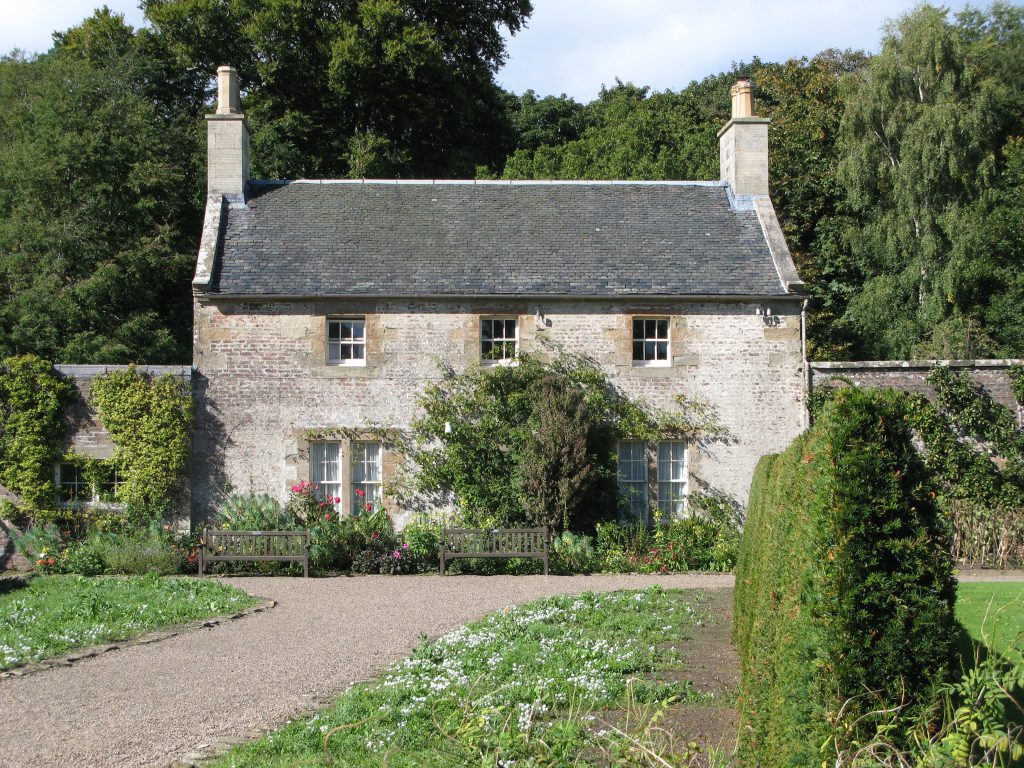
A Full Guide to Buying a Listed Building
Buying a listed property: Key elements to consider
Failure to obtain listed building consent for repairs can result in legal action, fines, and even the requirement to undo the work and restore the building to its original condition. It is always best to be proactive and to obtain the necessary consent before carrying out any work to a listed building.
Conservation officers work with local government agencies, property owners, and developers to provide advice and guidance on the maintenance, repair, and alteration of historic buildings, including listed buildings. They also enforce heritage protection legislation, monitor planning applications and development proposals that affect heritage assets, and provide technical advice on the use of appropriate materials and techniques for the repair and conservation of historic structures.
In short, a conservation officer is a specialist who plays a critical role in ensuring that our heritage is protected and preserved for future generations.
Carrying out unauthorized work to a listed building is a serious offence and can result in legal action, fines, and even the requirement to undo the changes and restore the building to its original condition. It is important to always seek the advice of a conservation officer and obtain the necessary consent before making any changes to a listed building.
It is important to work with a specialist insurance provider who understands the unique needs of a listed building, and who can provide tailored coverage that meets your specific requirements. When choosing insurance for a listed building, it is important to consider the level of coverage required, the extent of the insurance policy, and the policy excess.
It is also important to regularly review your insurance policy and make sure that it remains adequate for your needs, as the value of the building and the cost of repairing and restoring it may change over time.
From January 2013 there has been an ‘exemption’ for listed buildings.
However, the exemption is qualified, it states: “Insofar as compliance with certain minimum energy performance requirements would unacceptably alter their character or appearance”.
The qualification covers works that might be carried out to the property to improve its energy performance. These are works that would require consent under Part L of the building regulations (The Conservation of Fuel and Power) and would be included in the recommendations section of an EPC report if one was obtained. If such works would unacceptably alter the building’s character or appearance, then the listed building would qualify for an exemption.
The qualification does not relate to meeting the minimum energy efficiency requirements (MEES) set out in the Private Rented Sector Regulations (2015).
In addition, the surveyor will consider the impact of any proposed changes on the building’s heritage values and character, and will provide guidance on the best way to conserve and protect these assets.
Working with a surveyor who has experience in listed buildings and heritage conservation is essential, as they will have the knowledge and expertise to accurately assess the condition of the building and to provide appropriate recommendations for its preservation and maintenance.
- Understanding the listing status: It is important to understand the type of listing that the building has, as this will determine the level of protection and restrictions on changes to the building. You can check the listing status of a building by visiting the Planning Portal website or by contacting the local council.
- Assessing the condition of the building: A thorough inspection of the building is essential, including a full building survey, to identify any problems or defects and to assess the overall condition of the building. This will also help you to understand the costs associated with maintaining and preserving the building.
- Reviewing the planning and conservation policies: It is important to review the local council’s planning and conservation policies, as these may affect any changes you wish to make to the building in the future.
- Speaking to a conservation officer: Speaking to a conservation officer can provide valuable insight into the heritage significance of the building and any specific requirements for its preservation and maintenance. They can also provide advice on listed building consent and the best approach to making changes to the building.
- Researching the history of the building: Understanding the history of the building and its heritage values can help you to appreciate its significance and to make informed decisions about its preservation and maintenance.
- Reviewing the insurance policy: It is important to review the insurance policy for the building, and to ensure that it covers the unique risks and requirements associated with a listed building.
By carrying out extra research before buying a listed building, you can make an informed decision about whether the property is suitable for you, and you can better understand the responsibilities that come with owning a heritage property.
- Maintenance and preservation: Listed buildings require special care and attention, and regular maintenance and preservation work is necessary to keep them in good condition. This can be expensive and time-consuming.
- Restrictions on changes: Listed buildings are protected for their heritage significance, and as a result, there are restrictions on the changes that you can make to the property. This may limit your options for renovation and customization.
- Insurance and financing: Listed buildings may require special insurance coverage, and it may be more difficult to obtain financing for a listed property. You should carefully review the insurance policy and your financing options before making a decision.
- Energy efficiency: Listed buildings may not be as energy-efficient as modern properties, which can result in higher energy bills.
- Resale value: While listed buildings can be attractive to some buyers, they may not appeal to everyone, and this could impact the resale value of the property in the future.
Ultimately, buying a listed building is a personal decision that depends on your individual circumstances, and you should carefully consider the unique challenges and responsibilities that come with owning a heritage property before making a decision. If you are considering buying a listed building, it is always best to seek the advice of a conservation officer, surveyor, and financial advisor to help you make an informed decision.
There are several organizations and government bodies that offer grants for the preservation and restoration of listed buildings. To apply for a grant, you typically need to provide detailed information about the building, including its history, architecture, and current condition. You will also need to outline the proposed restoration work and provide a budget and timeline for the project.
Here are a few organizations that offer grants for listed buildings:
- Heritage Lottery Fund (UK) – offers grants for the conservation of heritage sites, including listed buildings.
- National Trust for Historic Preservation (USA) – provides grants for the preservation of historic properties, including listed buildings.
- National Heritage Science Forum (UK) – offers grants for scientific research projects that support the conservation of heritage sites, including listed buildings.
- National Trust for Canada – offers grants and technical assistance for the preservation of heritage properties in Canada, including listed buildings.
It is important to research the specific requirements and application process for each organization and to carefully read the guidelines before submitting an application.
A listed building survey is an assessment of a historic or culturally significant building that has been designated as a listed building. Listed buildings are buildings that have been recognized as having special architectural or historic importance and are therefore protected from alteration or demolition.
The purpose of a listed building survey is to understand the condition and characteristics of the building and its historical significance, as well as to identify any potential issues or problems that may affect the building’s preservation. This information can then be used to make informed decisions about maintenance, repair, and restoration work, as well as to plan for the future of the building.
The survey typically includes a detailed visual inspection of the building, including its structure, fabric, and interior, as well as its surrounding landscape and setting. The surveyor will also research the building’s history and architectural significance and consider the impact of any proposed changes or work.
In the UK, listed building surveys are usually carried out by a professional surveyor with specialist knowledge of historic buildings. The results of the survey can be used by building owners, developers, and local authorities to ensure that the building is preserved and protected for future generations.
Grade 2 listed buildings are those considered to be of “special interest”, and make up the majority of listed buildings in the country. They are considered to be of less architectural or historic significance compared to Grade 1 listed buildings, but are still important and should be protected.
The listing process is managed by Historic England in England, Cadw in Wales, Historic Environment Scotland in Scotland, and the Northern Ireland Environment Agency in Northern Ireland. The listing of a building or structure provides some degree of legal protection, as it requires any proposed changes to the building to be approved before they can be carried out.
Speak to Smith Heritage
Contact us today
To request a quote or enquire about any of our services, get in touch with the Smith Heritage team today.
